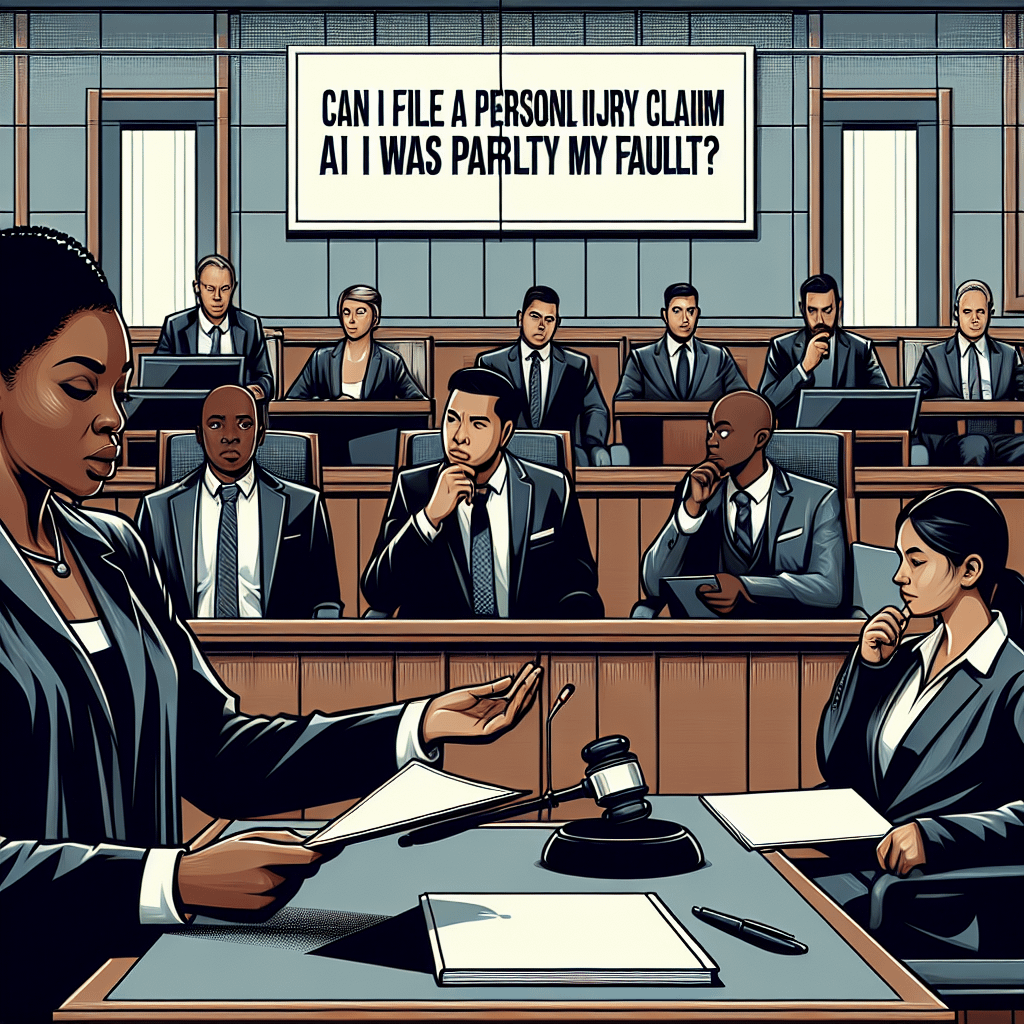Finding yourself in an accident can be overwhelming, especially if you feel you were partly responsible. You might wonder if you can still file a personal injury claim or if admitting some fault automatically disqualifies you from receiving compensation. The good news? You might still have options. Let’s dive into how this works in the world of personal injury law.
Understanding Comparative Fault
In personal injury law, there’s a concept known as “comparative fault” or “comparative negligence.” This principle allows for the apportioning of fault among the parties involved in an accident. This means you could potentially recover some damages even if you were partially at fault.
Most states follow one of two types of comparative fault rules:
1. Pure Comparative Fault: In states like California and New York, you can recover damages regardless of your level of fault, even if you’re 99% to blame. However, your compensation will be reduced by your percentage of fault. For example, if you incur $10,000 in damages and are deemed 30% at fault, you may still recover $7,000.
2. Modified Comparative Fault: A majority of states use this system, which also reduces your compensation based on your percentage of fault. The twist? You must be less than 50% or 51% responsible (depending on the state) to receive any compensation. For instance, if you’re found 60% responsible, you might not recover anything.
Contributory Negligence: The Exception
A few states, such as Alabama and North Carolina, adhere to an older rule known as “contributory negligence.” In these states, if you’re found to be even 1% at fault, you may be barred from recovering any damages. So it’s crucial to know the laws in your jurisdiction.
Real-World Example
Imagine you’re driving through an intersection as your light turns yellow. You speed up to make it through, but another driver runs the red light and hits your car. You did something risky by accelerating, but the other driver broke a traffic law. In a pure comparative fault state, you could still file a claim, and a court might determine you were 20% at fault, allowing you to recover 80% of your damages.
Proving Fault
Whether you’re partially at fault or not, documenting what happened is essential. Here are some tips on collecting evidence to support your case:
- Photographic Evidence: Take pictures of the accident scene, vehicle damage, and any visible injuries.
- Witness Statements: Gather contact information from anyone who saw the accident.
- Police Reports: These documents can provide an unbiased account and analysis of the event.
- Medical Records: Document your injuries and treatments meticulously.
Even if you bear some fault, robust evidence increases your chances of receiving compensation.
Practical Tips
1. Seek Legal Advice: An attorney specializing in personal injury law can help evaluate the strength of your case. They can guide you through the process, helping you understand your state’s specific laws regarding fault.
2. Communicate Carefully: When discussing the accident, whether with police, insurance companies, or potentially even on social media, avoid making statements that could be interpreted as admitting fault.
3. Timely Filing: Personal injury claims are subject to a statute of limitations, varying by state. Promptly seeking legal counsel ensures you don’t miss the filing deadline.
4. Consider Settlement Offers: Insurance companies might offer a settlement. Consider consulting an attorney before accepting, as initial offers might not fully cover your damages.
Navigating a personal injury claim when you’re partially at fault can be complex, but understanding the basics of comparative fault can help clarify your options. Remember, being proactive, gathering evidence, and seeking professional legal advice can significantly impact the outcome of your claim.








